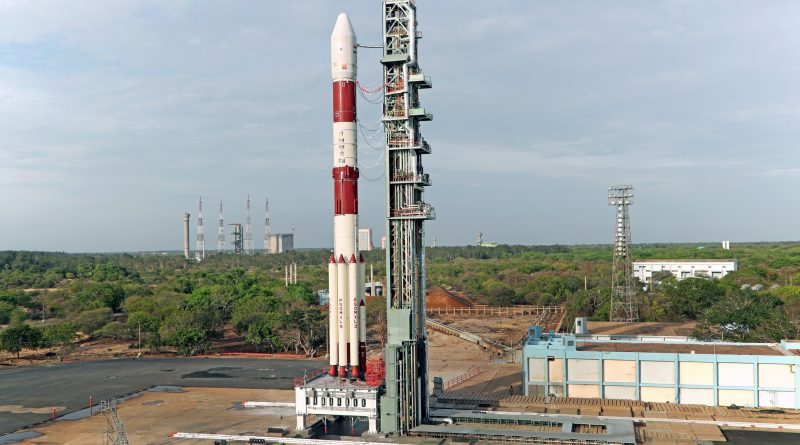Indian PSLV ready for Friday Morning Liftoff with CartoSat-2E & International Rideshare Passengers
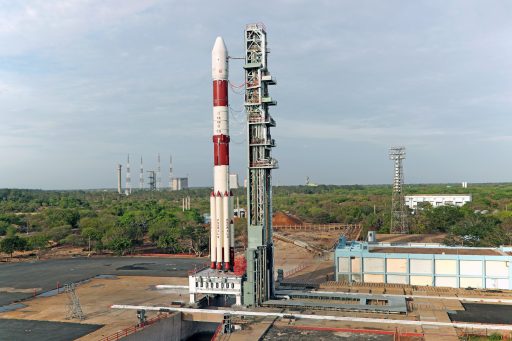
India’s PSLV Rocket has entered countdown operations for liftoff from the Satish Dhawan Space Center on Friday with the CartoSat-2E Earth-Imaging Satellite and an international assortment of thirty secondary payloads of various shapes and sizes in support of Earth observation, technology demonstration, communications and meteorology.
Blastoff from India’s East Coast is timed for 3:59 UTC on Friday and PSLV will be headed due south after navigating around the Island of Sri Lanka, firing its six ground- and air-lit boosters and solid-fueled core stage followed by a two-hand-a-half minute burn of the liquid-fueled second stage. The rocket’s solid-fueled third stage will set up for a short passive flight phase before PSLV fires up its two-engine fourth stage for the final push into a 505-Kilometer Sun Synchronous Orbit for separation of all 31 passengers by T+23 minutes.
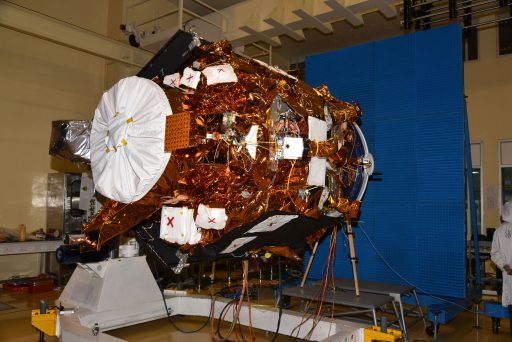
Friday’s launch is the fourth orbital space launch conducted by the Indian Space Research Organization in 2017, coming after a record-setting PSLV launch in February with 104 satellites, the hush-hush orbital delivery of the GSAT-9 “South Asia Sat” atop a GSLV Mk. II, and earlier this month, the first orbital test flight of India’s most-powerful rocket, the GSLV Mk. III. It will be the second of four or five PSLV missions planned this year, the next two being in support of the Indian Regional Navigation Satellite System followed by a possible late 2017 flight for the Team Indus Lunar X-Prize mission.
The main passenger for Friday’s mission is CartoSat-2E, only referred to as a ‘CartoSat-2 Series Satellite’ by ISRO. Weighing in at 712-Kilograms, the satellite is mostly identical to the 2C and 2D satellites that were launched in the last 12 months to reinforce India’s Earth-Imaging capabilities, both for the civilian and military sectors.
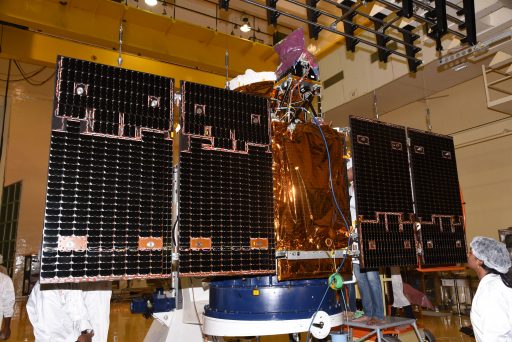
The CartoSat-2 series delivers high-resolution and multi-channel imagery for use by the Indian military plus a number of civilian applications in cartography, urban planning, environmental monitoring, resource management and disaster relief. The satellite is outfitted with a 70-centimeter telescope feeding a pair of instruments – a high-resolution Panchromatic imager that delivers black and white images at a ground resolution of 65 centimeters and a four-channel visible and near-infrared instrument capturing imagery at a resolution of two meters.
Thirty co-passengers from fifteen different countries make up the secondary payload for this launch with a total mass of 243 Kilograms, comprising 26 CubeSats ranging from 1U to 6U and four non-CubeSat micro satellites of different sizes.
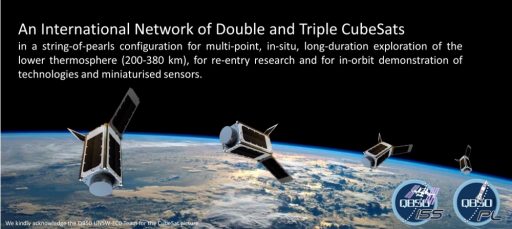
Riding on PSLV C38 are the last eight satellites for the QB50 CubeSat constellation project that deployed 28 CubeSats from the International Space Station last month and features a total of 36 constellation craft. QB50 is not a satellite constellation in the traditional sense and features a loose architecture, aiming to obtain multi-point measurements in Earth’s lower thermosphere using mass spectrometers and particle sensors to explore a poorly understood region of Earth’s atmosphere that can not be reached by traditional spacecraft missions or remote sensing from above or beyond.
The eight QB50 satellites on the C38 mission are from Austria, Belgium, the Czech Republic, Germany, the U.K., Italy, and Lithuania – underlining the QB50 project as an international initiative that enables satellites from various institutions in Europe to reach space.
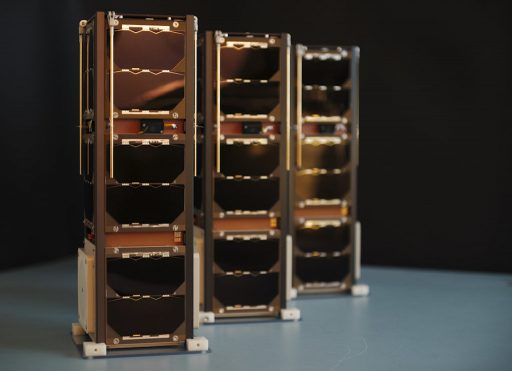
PSLV C38 is delivering the next eight Lemur-2 satellites for Spire Global’s fleet that collects atmospheric data for weather forecasters and climate researchers as well as global ship-tracking data offered on the commercial market. Numerous of the 3U CubeSats were deployed from ISS and its cargo vehicles as well as India’s PSLV to form a system capable of monitoring the entire planet.
Three Diamonds operated by Sky and Space Global are headed to orbit on PSLV, forming the initial pathfinder segment for a future constellation of 200 three-unit CubeSats carrying L/S-Band mobile communications to the underserved countries around Earth’s equator. CICERO-6, the sole 6U CubeSat on the C38 mission, is the first GeoOptics craft to reach orbit for a new constellation of satellites capable of GPS/Galileo radio occultation measurements to extract atmospheric parameters and backscatter measurements of ice and ocean properties.
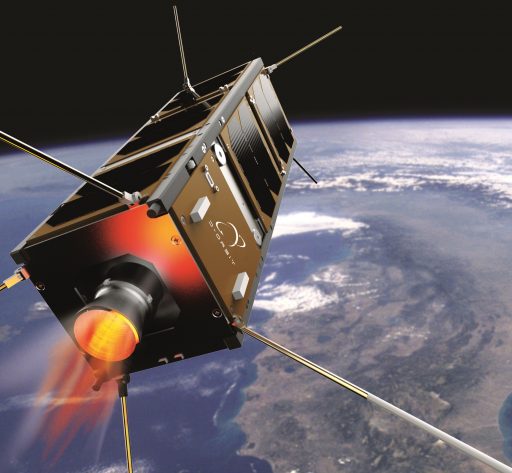
Aalto-1 is a Finnish CubeSat hosting a spectral imager, radiation monitor and Electrostatic Plasma Brake to demonstrate a novel miniature multi-channel Earth-sensing instrument and a new type of electrostatic drag device for deorbitation. Also looking at the removal of satellites from orbit, D-Sat will test out a Solid Rocket Motor designed to be employed as a highly scalable deorbitation device for small satellite missions at the end of their life as a potential debris mitigation technique. Tyvak-53b of U.S. Satellite manufacturer Tyvak Nano-Satellite Systems is also dedicating its mission to a technology demonstration of a deorbit system for small satellites.
Three 1U CubeSats, just 10 x 10 x 10 centimeters in size are hosted by PSLV C38 – the French Robusta-1B is a repeat of a 2012 mission looking at the effect of space radiation on electronic components, skCUBE is Slovakia’s first satellite and hosts a radio receiver to study low frequency waves in Earth’s upper atmosphere; and the Chilean Suchai satellite hosts three experiments to study Earth’s particle environment and atmosphere.
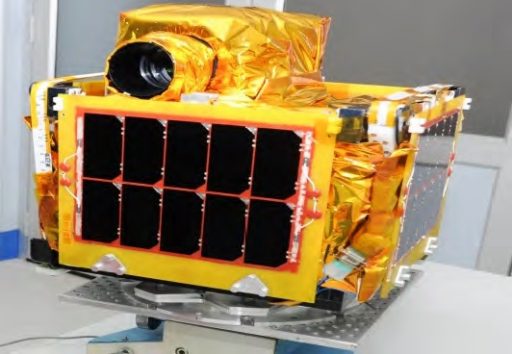
The four non-Cube Sat missions on PSLV C38 are from India, Japan, Latvia and Italy.
India’s NIUSAT, weighing in at 15kg, will test out a medium-resolution multispectral imager for agricultural crop monitoring and disaster management. Venta-1 from Latvia and the Italian Max Valier, weighing 7.5 and 15 Kilograms, will launch in a stacked configuration but carry out two very different missions with Venta hosting a pair of ship-tracking receivers, an optical imager and tech demonstration payloads and Max Valier featuring the smallest spaceborne X-Ray Telescope flown to date for an all-sky survey of the observable universe in the soft X-Ray band. The 60-Kilogram CE-Sat 1 was built by Canon and hosts a 40cm telescope and a slightly modified Canon consumer camera capable of collecting Earth imagery at a resolution of one meter; testing out a low-cost satellite design that may be suitable for the commercial market.
Carrying a total payload of 955 Kilograms, PSLV is flying in its XL configuration on Friday, leveraging the raw power of solid rocket motors in combination with the precision of liquid-fueled engines to accurately inject payloads into a variety of orbits. PSLV XL stands 45 meters tall and weighs in at 320 metric tons, featuring a large solid-fueled core stage with six boosters, a Vikas-powered second stage, solid-fueled third stage and a hypergolic-fueled fourth stage.
>>PSLV Launch Vehicle Overview
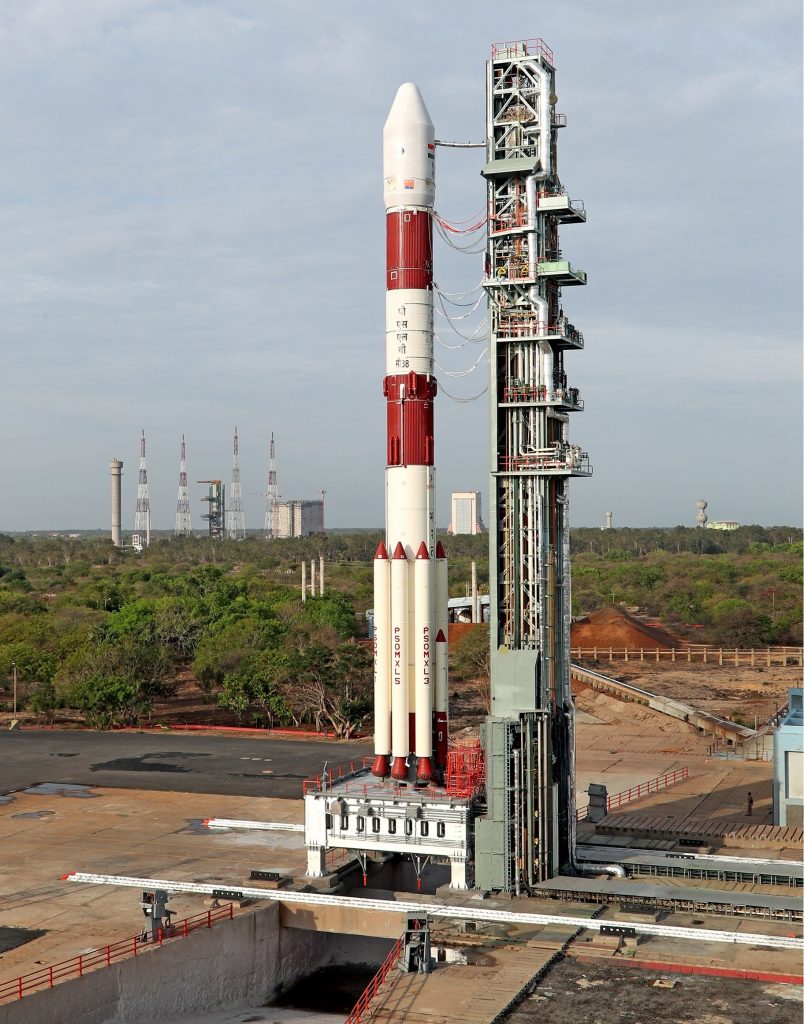
PSLV entered a 28-hour countdown Thursday morning, taking advantage of the recently introduced remote-controlled tanking feature on the rocket’s second and fourth stages to cut in half what once was a countdown operation taking over two days. Propellant loading will be completed over the course of the day on Thursday before the launcher heads into a final sequence of systems activation and tests before pressing into the automated phase of the countdown that will set the stage for a speedy liftoff.
Firing up its massive core stage plus four of the six boosters clustered around it, PSLV will leap off its launch pad and climb vertically for a brief moment before pitching and rolling onto a south-easterly trajectory. 25 seconds into the mission, the remaining two boosters will ignite, increasing the rocket’s thrust to over 800 metric ton force, quickly accelerating beyond the speed of sound.
PSLV will be facing the usual dogleg maneuver to avoid flying over the island of Sri Lanka – a slight detour from the desired south-westerly ascent trajectory to avoid passing over inhabited areas.
Initially headed to the south-east, PSLV will drop its 13-meter long boosters at 70 and 92 seconds into the mission followed by burnout of the core stage at T+1:50 after it consumed 168 metric tons of solid propellant. Separation of the second stage will be completed split seconds after first stage burnout as powered flight is handed over to the 81,500-Kilogram-force Vikas 4 engine that will fire for two and a half minutes.
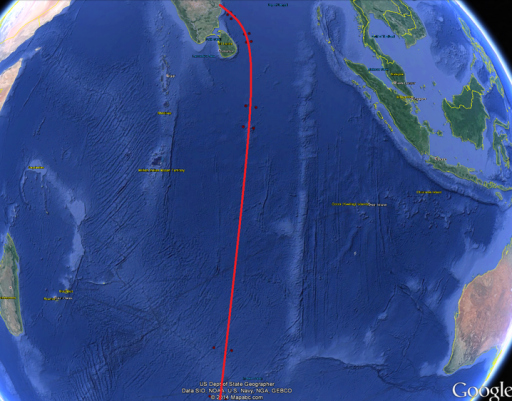
PSLV will split open and separate is payload fairing halves two minutes and 39 seconds into the mission when passing 121 Kilometers in altitude where aerodynamic forces can no longer harm the satellites. Vikas-4 will shut down four minutes and 22 seconds into the flight, handing off to the solid-fueled third stage that will be tasked with a 113-second burn at an average thrust of 25 metric ton-force.
A short coast phase occurs between burnout on the third stage and the ignition of the twin-engine fourth stage at T+8 minutes and 21 seconds on a burn of seven minutes and 38 seconds to finish the task of lifting PSLV into a Sun Synchronous Orbit just over 500 Kilometers in altitude. Propulsive flight will end just shy of T+16 minutes with separation of the CartoSat-2E satellite 40 seconds later, followed in ten-second intervals by NIUSAT and CE-Sat 1 before the fast-paced sequence to release the remaining 28 satellites over the course of six minutes.
After separation of the payloads, the fourth stage of the PSLV will enter a secondary mission to lower its altitude to 350 Kilometers after an extended coast phase demonstration to enable future multi-orbit missions.

